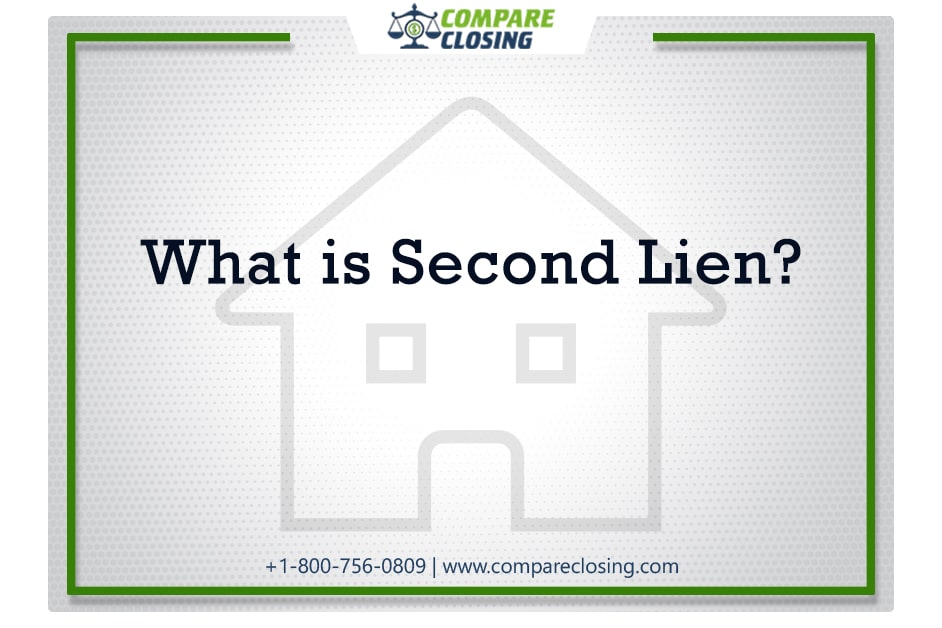Table of Contents
- What Are Netting Escrows & How Does It Work?: The Best Guide - January 2, 2024
- The Secret About Prescriptive Easement: Top Guide 1 Must Know - December 4, 2023
- About Home Equity Loans In Texas And How Can One Obtain It - November 27, 2023
What Is Second Lien Debt?
After a first lien is already in place when any borrowing happens it is termed as Second lien debt.
It subsequently refers to the ranking of the debt in the event of a bankruptcy and liquidation the second-lien comes as a subsequent debt and comes only after the first-lien debt is fully repaid.
Another name for the second-lien debt security is junior or subordinated debt.
They have a lower priority of repayment than other seniors or higher-ranked debt. Meaning, in the case of the borrower’s insolvency the second lien is second in line to be fully repaid.
The second-lien debt can be paid only after all senior debt, like the loans and bonds, has been satisfied.
Explanation of second lien debt
While pledging collateral to secure a loan a second-lien debt has a subordinated claim. During a forced liquidation, the proceeds from the sale of the assets pledged to go to junior debt only after the senior debt holders have received their payments.
Compared to senior debt the secondary liens carry more risk for lenders and investors because of the subordinated call on the pledged collateral.
Because of this huge risk, second-lien loans usually have higher borrowing rates and their process for approval are more stringent.
In case of defaults on a secured loan by the borrower, the first lien holder may receive 100% of the loan balance from the sale of underlying assets.
This is not possible for the second-lien holder because they may receive only a fraction of the outstanding loan amount.
For instance, if a borrower defaults on his real estate loan the creditors may foreclose and sell the home only after the full payment on the balance of the first mortgage, is made the distribution of any remaining proceeds will go to the lender on the second mortgage.
Risk for lenders of second lien
In the event of a default or a bankruptcy filing, insufficient collateral is the primary risk to lenders of second-lien mortgages.
During the application process, just like first-lien lenders the second-lien lenders also assess the same factors and financial ratios.
They check a borrower’s credit scores, their earnings, cash flow along with the debt-to-income ratio of the borrower, which will show the percentage of monthly income used for paying debts.
Depending on that the borrowers considered less risky get favorable credit terms and lower interest rates.
To reduce their risk the second-lien lenders must also look into the amount of equity that is available in excess of the senior debt.
The difference between the market value of the underlying asset minus the outstanding loans on that asset means equity.
For instance, if an organization has an outstanding $1,500,000 first-lien on a building, and the structure has an assessed value of $2,500,000, there is $1,000,000 in equity remaining.
In such a situation, the second-lien lender may provide a loan for only a portion of the outstanding equity, for perhaps $50,000 which is 50%.
Moreover, the first-lien holder may have a precondition on their credit terms and might set restrictions on the company to take any additional debt or a second mortgage on the building.
During the lending process, a lender may review other calculations like the market value of the building, the possibility of the underlying asset losing its value, and the cost of liquidation.
Lenders could decide on the size of second-liens to be sure that the total balance of the outstanding debt is much less than the value of the underlying collateral.
Usually, the lender includes contracts in credit terms. These contracts restrict and outline specific requirements from the borrower.
If a business fails to make timely payments, loan covenants might require the sale of assets and pay down the debt.
The risk that second lien poses for investor
In the event of a company’s demise, the second-lien debt investors get paid before common stockholders, yet a junior debt is considered risky.
Because if the issuing company is insolvent, and during the process of liquidation, if the assets are not enough to cover both the senior and junior debt, then the second lien investors will incur a loss.
Compared to traditional fixed-rate debt even if second lien debt offers a higher interest rate to investors, they need to know the financial possibility of the issuing company and the probability of being repaid.
Second lien risk for borrowers
Second Lien debt could be in the form of loans from a bank or through the sale of bonds to investors.
To access property equity or to add capital to a company’s balance sheet the borrowers could use the junior liens. When a borrower pledges assets to secure a second lien it poses a risk.
If the borrower fails to make payment on the debt and defaults, that lender may begin procedures and force the sale of the pledged asset.
For instance, if a homeowner has a second mortgage default, the bank can start the foreclosure process.
In foreclosure, a lender takes control of the property and starts selling the assets if the borrower defaults on scheduled principal and interest payments as mentioned in the mortgage contract.
Just like a second mortgage on a home, a business could also be at risk of losing its assets to liquidation during a second-lien foreclosure but businesses at least have a wider range of assets to pledge as collateral, which includes real property, equipment, and their accounts receivable.
Advantages of a second lien:
A second lien debt pays a higher interest rate (advantageous for an investor)
At the time of liquidation, second-lien is repaid before common stockholders
Adding a second lien loan will give more access to capital
Disadvantages of a second lien:
At the time of liquidation, junior debt might not receive the full repayment amount
Repayment depends on the financial capability of the issuing company
Inadequate collateral may be secured to the debt
Conclusion
The loans that are prioritized lower than other, higher-ranked debt in case of bankruptcy and liquidation of assets are called second-lien debt.
second-lien debt is also called junior debt or subordinated debt.
Second-lien debt can help A borrower gain access to much-needed financing, with the help of second-lien debt but the interest rates are usually higher than that of the first lien.
Thus a second-lien debt offer investors a higher interest rate than other traditional fixed-rate debt, and hence the risk is higher.
Amanda Byford
Amanda Byford has bought and sold many houses in the past fifteen years and is actively managing an income property portfolio consisting of multi-family properties. During the buying and selling of these properties, she has gone through several different mortgage loan transactions. This experience and knowledge have helped her develop an avenue to guide consumers to their best available option by comparing lenders through the Compare Closing business.





